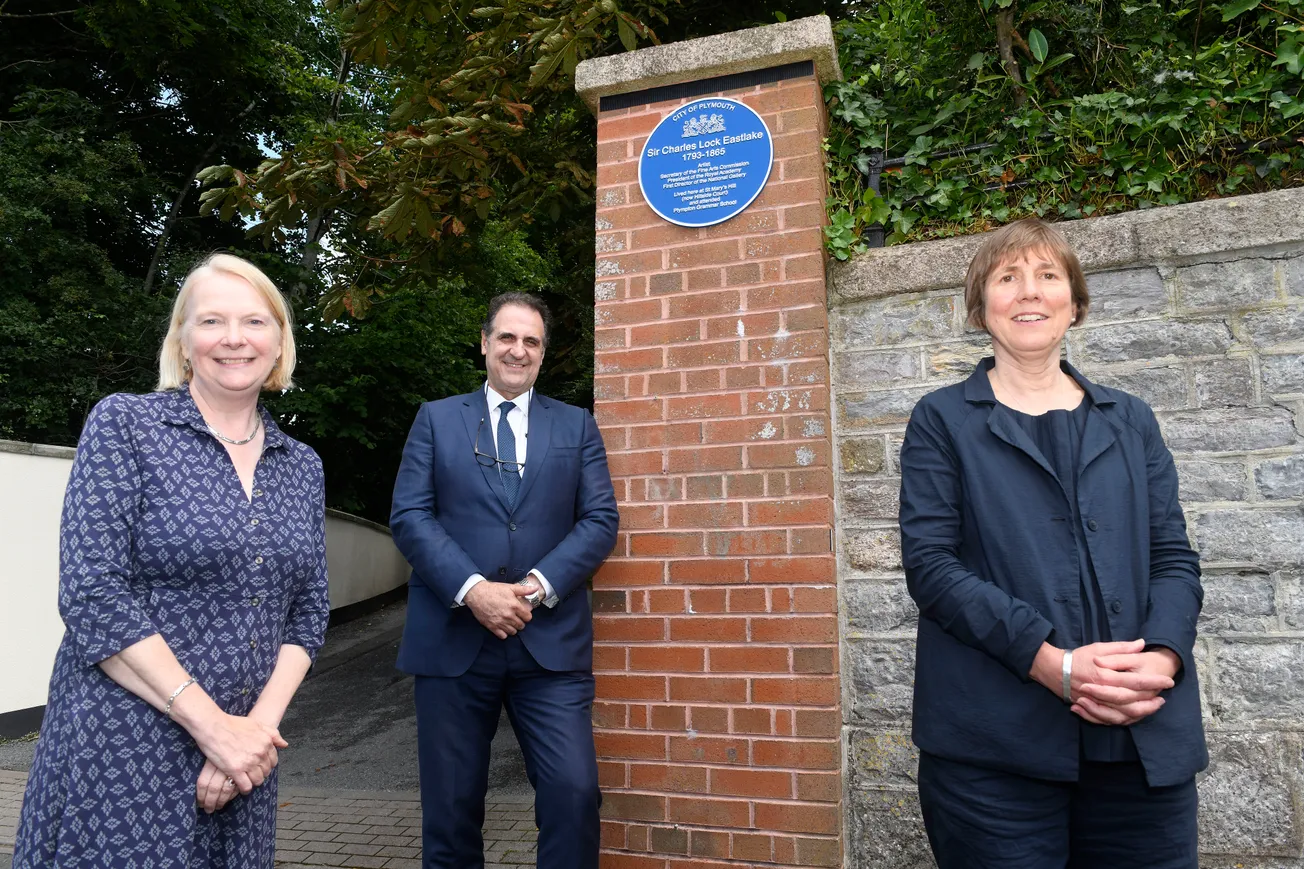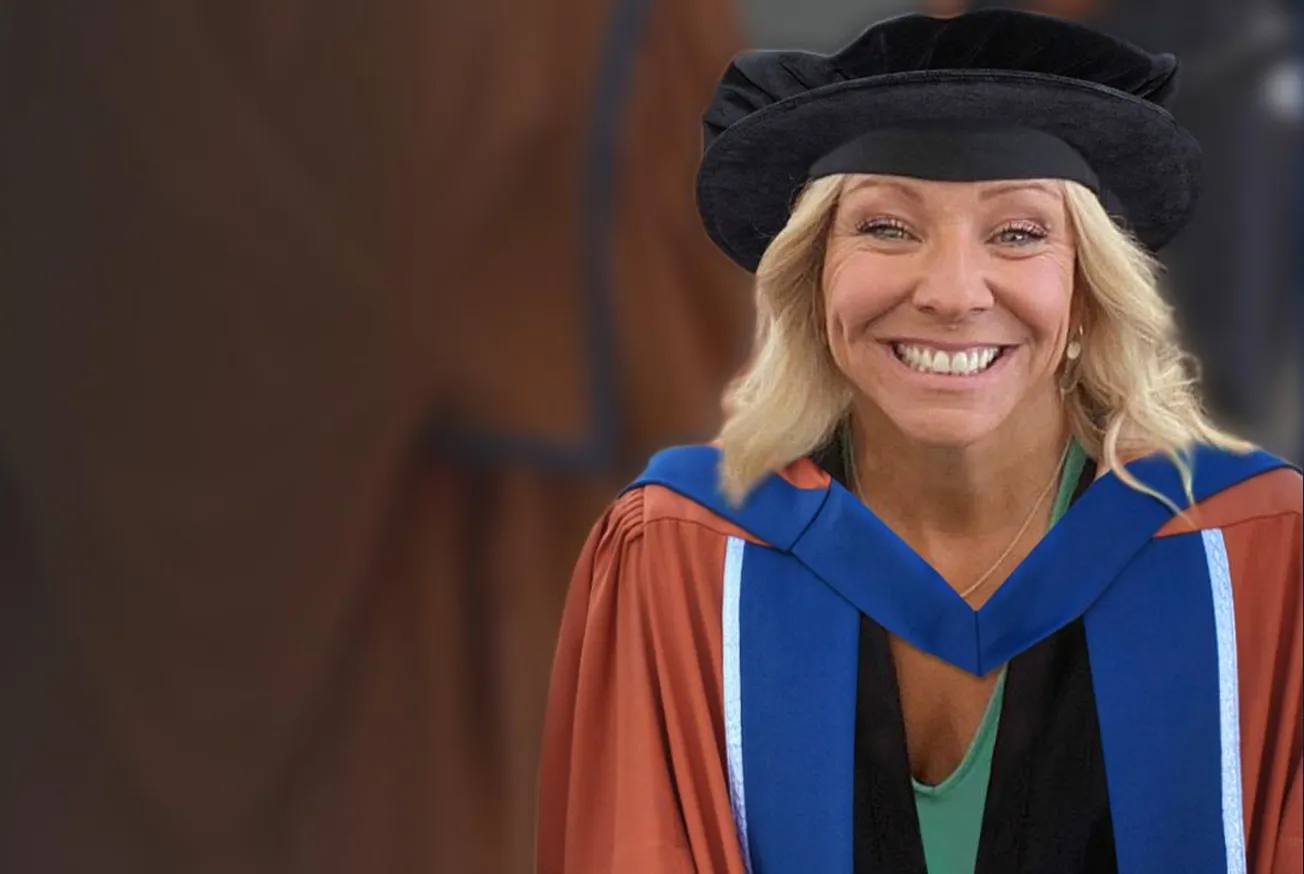A new commemorative plaque has been unveiled at Hillside Court in Plympton St Mary to honour Sir Charles Lock Eastlake, one of Victorian Britain’s most influential cultural figures and the first Director of the National Gallery.
Born in Plymouth in 1793, Eastlake rose from a local schoolboy to an internationally respected scholar, curator and leader in the art world, shaping the standards that define museums across the globe today.
The plaque was unveiled during a special ceremony attended by Sir Gabriele Finaldi, Director of the National Gallery, alongside civic leaders, historians and local residents. The site of the plaque holds deep significance.
Hillside Court stands on the grounds of Eastlake’s former home, which he inherited in 1845. Despite his demanding official roles, Eastlake took great pride in improving the property. According to his wife, he personally worked on the gardens and famously instructed staff to “plant more hollyhocks”.
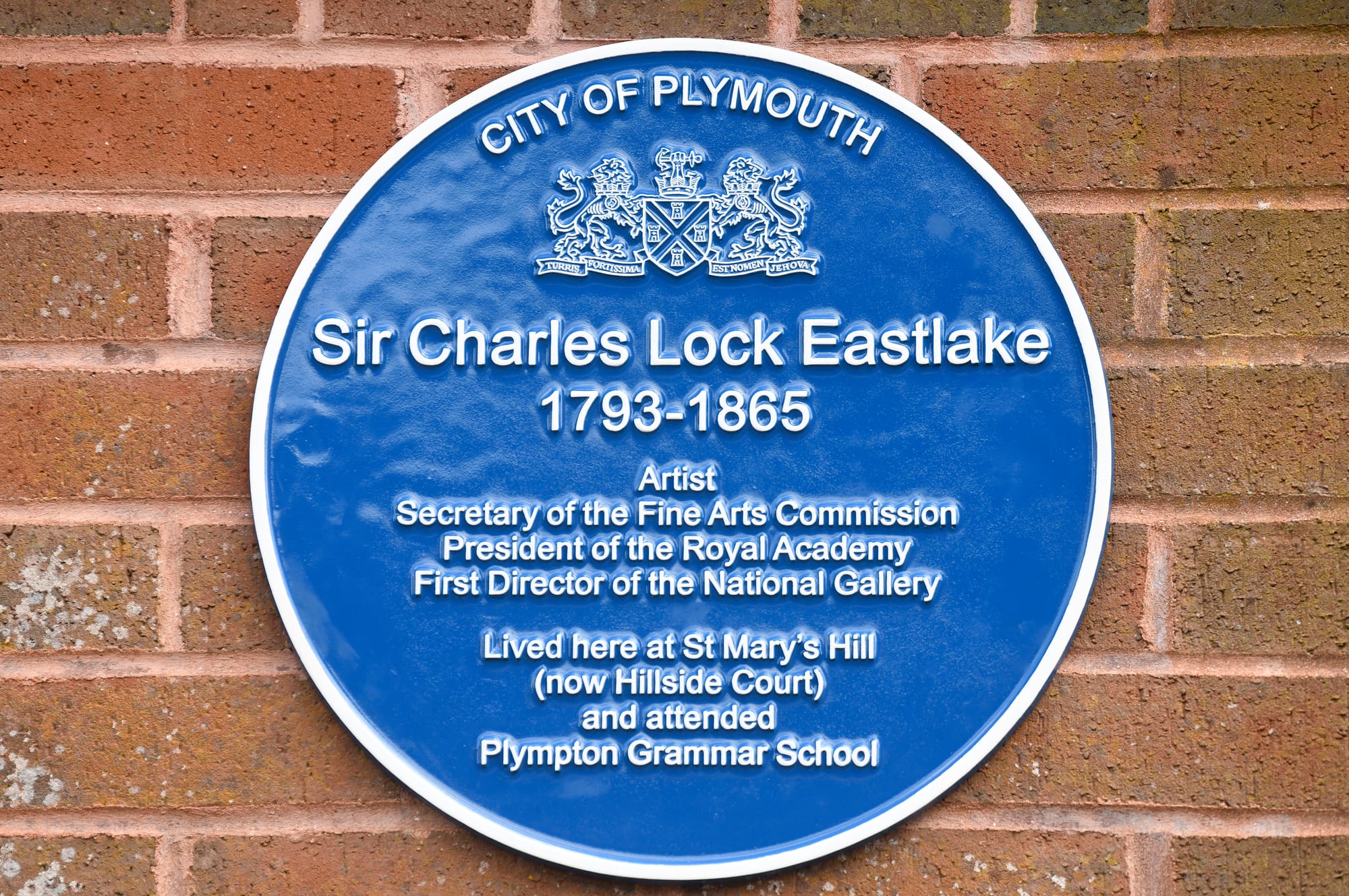
Eastlake’s achievements are vast. He was the founding Director of the National Gallery from 1855 until his death in 1865, President of the Royal Academy during the same decade, and Secretary of the Fine Arts Commission, overseeing the decoration of the Houses of Parliament.
His scholarly contributions also endure. His 1847 publication, "Materials for a History of Oil Painting", remains a cornerstone in the study of European art conservation. He was knighted by Queen Victoria and received academic honours from both Oxford and Cambridge.
Sir Gabriele Finaldi paid tribute to Eastlake’s extraordinary legacy, calling him a pioneer whose leadership set the standards still used by museums today. He said it was especially fitting to celebrate Eastlake in Devon, where his career began, and praised The Box for its commitment to accessibility and excellence.
He also highlighted the plaque ceremony as part of The Triumph of Art, a major national project led by artist Jeremy Deller to mark the National Gallery’s bicentenary. The Box is a key regional partner in the initiative.
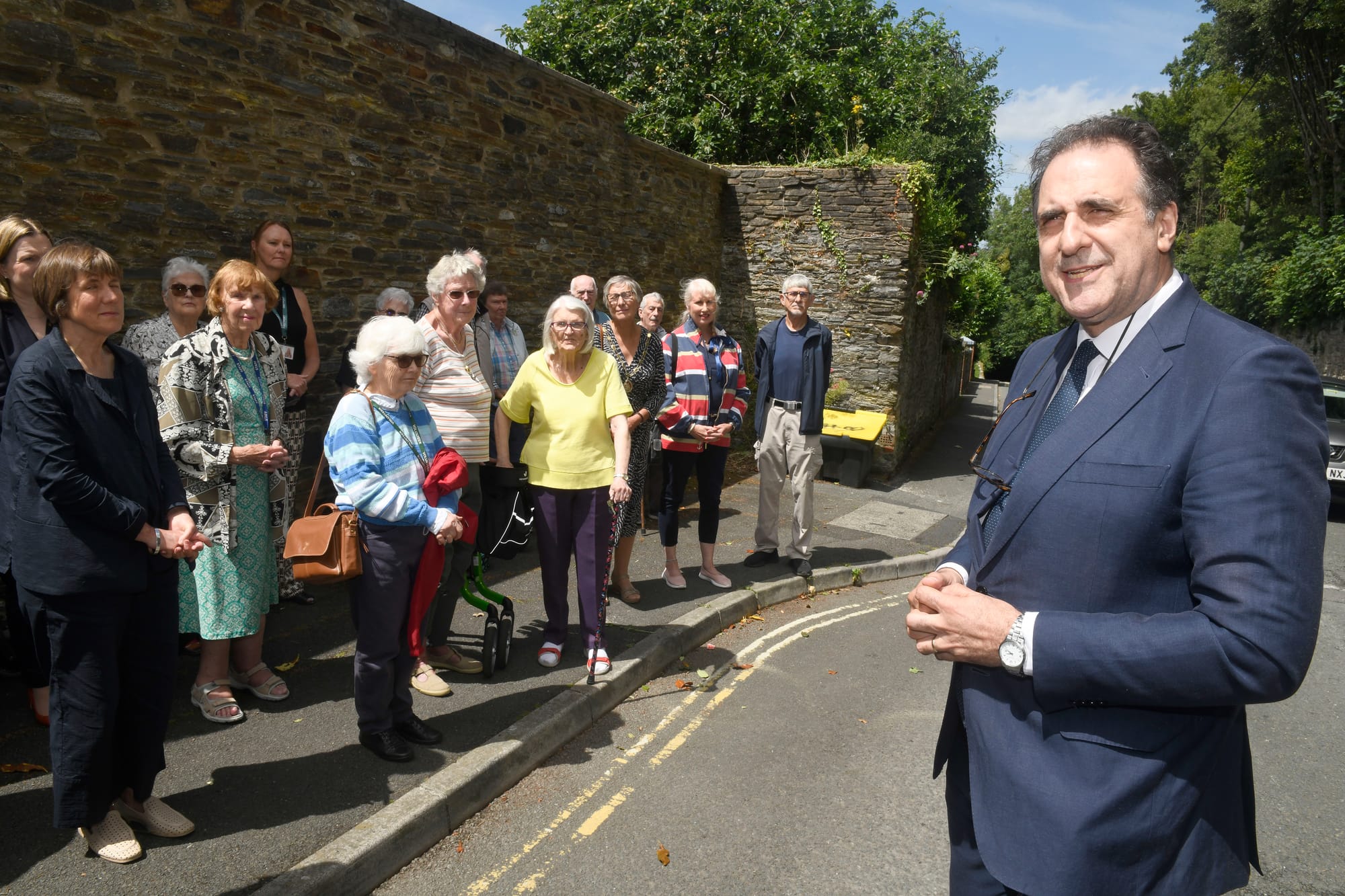
Victoria Pomery OBE, CEO of The Box, said Sir Charles Eastlake’s journey from Plympton student to international leader in the arts perfectly reflects Plymouth’s cultural impact. She said his story continues to inspire their mission of making world-class art accessible to all.
She added that the partnership between The Box and the National Gallery highlights the power of collaboration and brings nationally significant stories back to their roots.
Eastlake’s roots in Devon run deep. He was baptised at St Andrew’s Minster in Plymouth, educated at Plympton Grammar School where Sir Joshua Reynolds also studied, and was encouraged in his artistic pursuits by the Reverend Dr John Bidlake at Plymouth Grammar School.
The Box’s collection includes letters donated by the family of Eastlake’s biographer David Robertson, as well as title deeds to Steer’s Park, another Plympton property Eastlake purchased from the Earl of Morley.

The National Gallery and The Box have previously collaborated on exhibitions exploring Eastlake’s early training and professional achievements, most notably a 2012 exhibition curated by Susanna Avery-Quash.
The family’s wider contributions to Plymouth’s cultural heritage are also recognised. Eastlake’s father George helped establish the Proprietary Library in 1810, and the family welcomed artists including J.M.W. Turner to Devon.
The city of Plymouth awarded Eastlake the Freedom of the City in 1832. Although Eastlake Street was removed during the redevelopment of Drake Circus, his legacy remains present across the city and now even more visibly at the site of his beloved home.
The new plaque states that Eastlake lived at Hillside and attended Plympton Grammar School, cementing his place among the most celebrated figures in Plymouth’s rich artistic history.
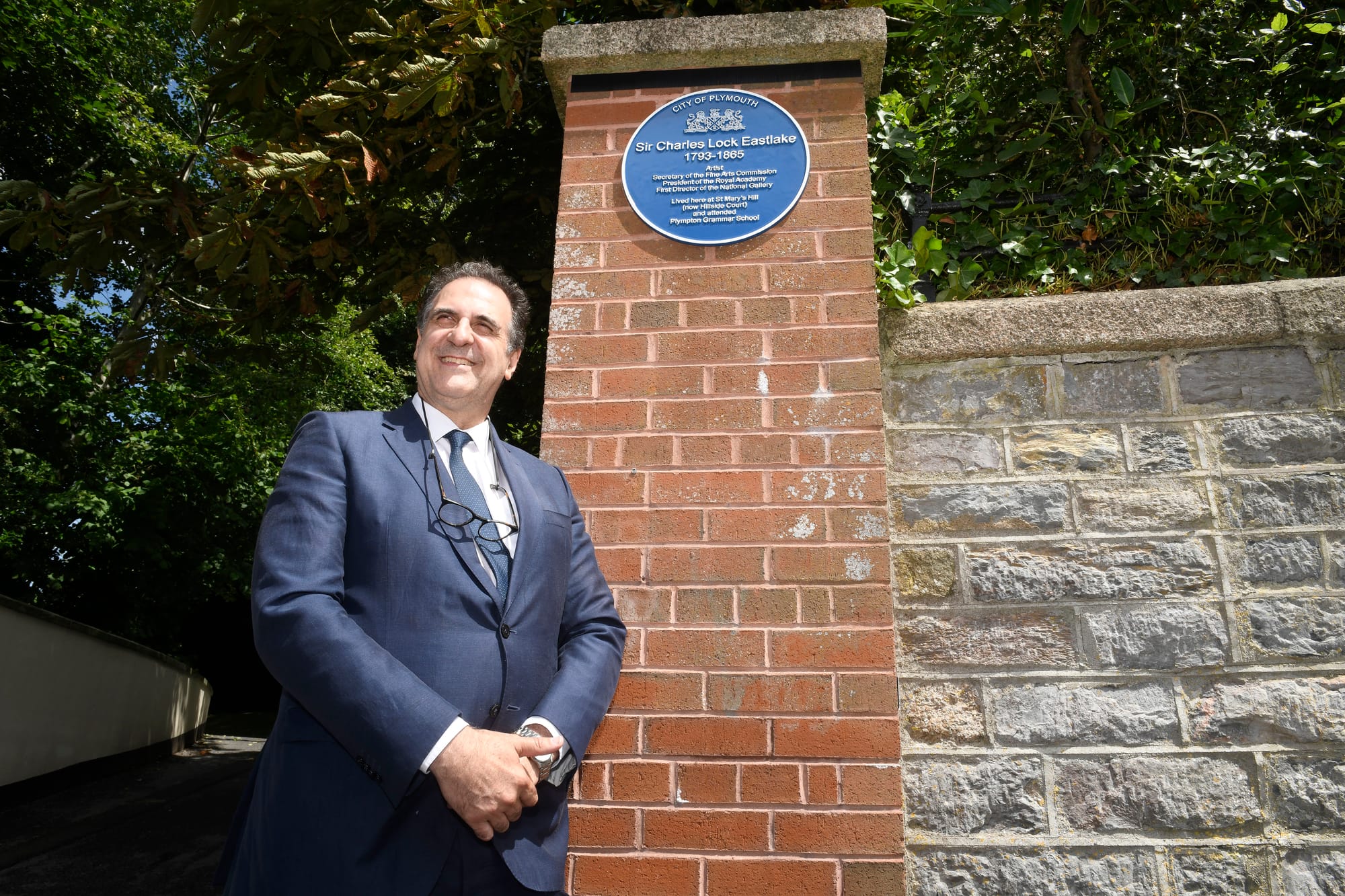
The unveiling marks another moment of pride for Plymouth as it continues to honour those who shaped the national cultural landscape. From Reynolds to Eastlake to the present day, the city remains a source of artistic talent and leadership.
The plaque now stands as a tribute to a man whose impact on the art world was profound and whose legacy continues to inspire generations.
Sign up for free below to get notified with all the latest breaking news from Plymouth Plus.

